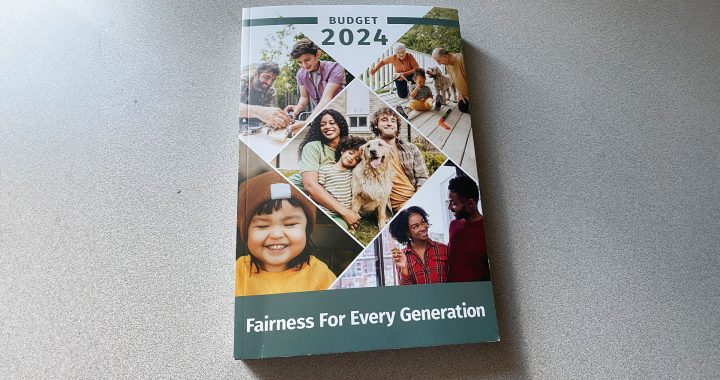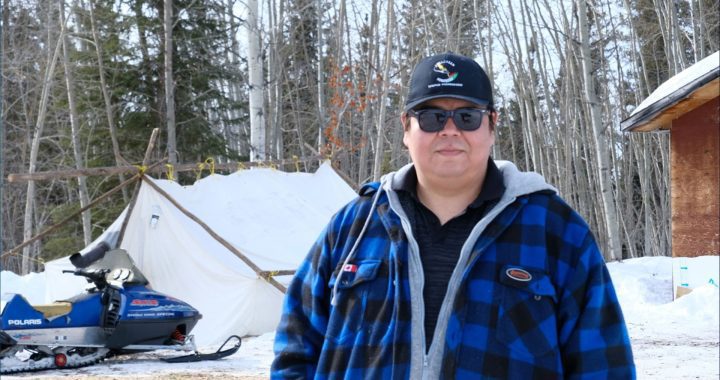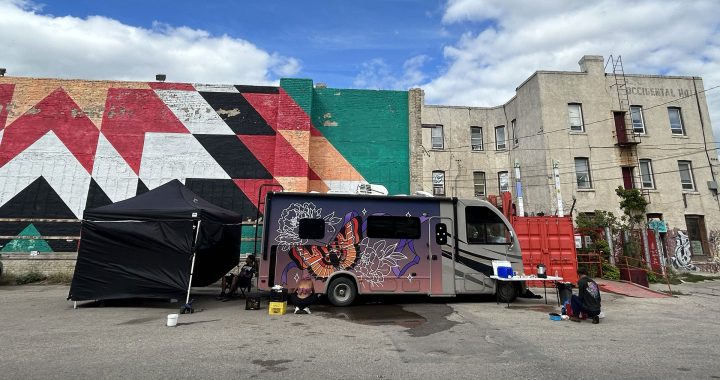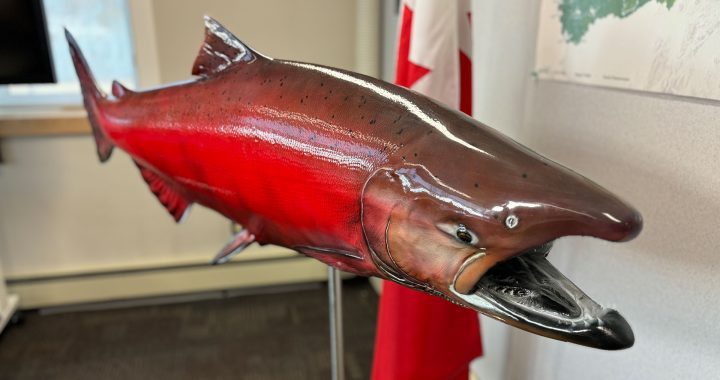APTN National News
In the last five years there’s been a 43 per cent increase in the amount of Aboriginal peoples put behind bars according to a report released Thursday and the correctional system only is perpetuating the problem.
Just over 3,400 Aboriginal men and women make up the population of prisons in Canada, or 23 per cent of the Correctional Service of Canada’s (CSC) inmate population.
In comparison, Aboriginal peoples make up four per cent of the Canadian population.
In federal prisons, almost one in four is First Nation, Metis or Inuit.
“Given these alarming and growing numbers, programs and options for care, custody and treatment of Aboriginal inmates, in support of their rehabilitation and reintegration, must be a significant priority for (CSC),” said Howard Sapers, Canada’s correctional investigator.
Sapers found Aboriginal-specific legislation is chronically underfunded, underutilized and unevenly applied by CSC.
“In failing to fully meet Parliament’s intent, my review concludes that the federal correctional system perpetuates conditions of disadvantage for Aboriginal people in Canada,” he said.
One of the problems lies in who looks after an Aboriginal offender. In his report, Spirit Matters: Aboriginal People and the Corrections and Conditional Release Act (CCRA), Sapers looks at a provision that allows for the transfer of custody of inmate from the federal system to an Aboriginal community facility.
Sapers found four agreements or facilities, as part of section 81 of the CCRA, have been established between the federal government and Aboriginal communities since 1992.
Despite the increase of Aboriginal inmate population no new section 81 facilities have been added since 2001.
Section 84 of the CCRA allows for the inmate’s community to be involved in his or her release but Sapers found there’s too much red tape involved.
Other key findings of the report include:
-Limited understanding of Aboriginal people, culture and approaches to healing within federal corrections, especially among front line staff in facilities.
-Inadequate and uneven application of Gladue social history considerations in correctional decision-making.
-Funding and contractual limitations that impede the work of Elders inside federal institutions.
-Inadequate response to the urban realities and demographics of Aboriginal people.
-Penitentiary-based interventions far out-number community reintegration alternatives.
Sapers is recommending the government appoint a deputy commission for Aboriginal corrections to ensure adequate focus and accountability something the federal government has so far refused to do.
Also:
-Negotiate permanent, realistic and at-parity funding levels for existing and future Healing Lodges and significantly increase the number of bed spaces where the need exists.
-Expand CSC staff training initiatives about Aboriginal people, history, culture and spirituality to include training in the application of Gladue principles.
-Resolve workload, payment and standard of services issues faced by Elders to ensure that they are equal partners in the delivery of programs and services within CSC.
-Reduce the amount of red tape and accelerate the process for section 84 releases.









